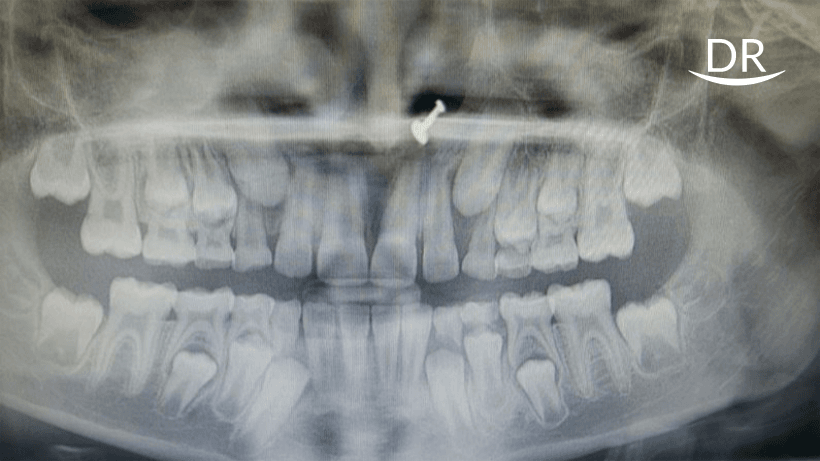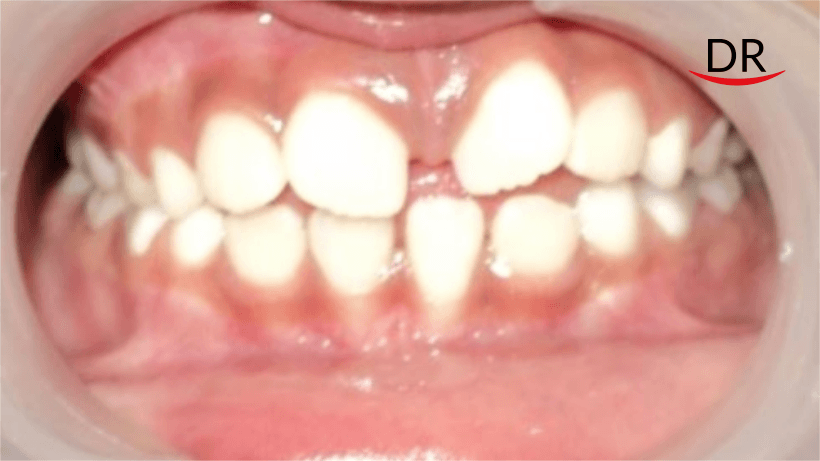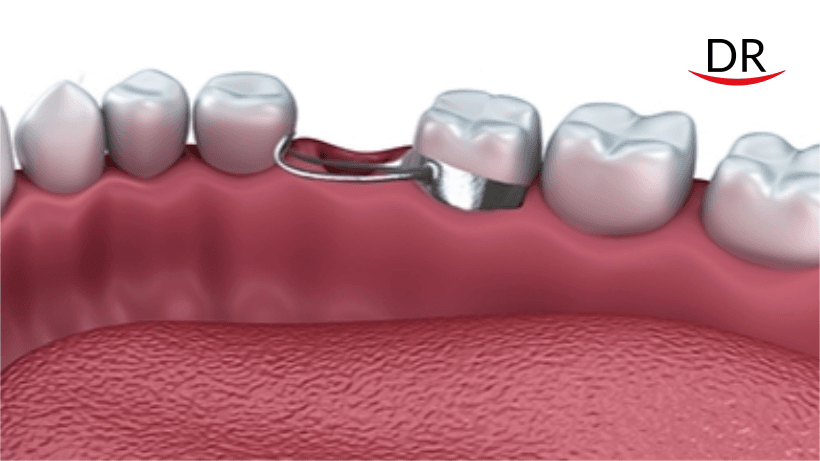Editorial, September 2020 – Pediatric Dentistry Special Issue
Although I am a prosthodontist who adores her field, the branch of pediatric dentistry has always intrigued me. Not only is this branch an amalgamation of all specialties of dentistry, it also additionally faces the challenge of managing the most difficult patients ever – children! A child patient means smaller teeth and bigger problems. Child dentistry is definitely not a child’s play!
Training in Pediatric Dentistry
Pedodontists undergo rigorous training during their post-graduation, constantly rummaging between books of all specialties and dealing with additional stresses of a typical PG term. Dr Archana Singh, who has contributed heavily to our Pediatric Dentistry Special Issue this month, agrees.
“Being a post graduate student and treating a child patient is challenging and stressful”, she says. “Focusing on academics and clinics simultaneously seems like an overburden for the students. Even a simple procedure performed on children requires skill, knowledge and patience. However, working honestly on children and seeing the results, gives me unparalleled satisfaction and pleasure.”
Scope of Pediatric Dentistry
A pediatric dentist is trained to assess developmental milestones, growth and development of jaws and teeth and developmental anomalies, along with dental caries, soft tissue lesions and oral manifestations of systemic diseases. Many a times, they also have to treat individuals with special health care needs. Dental management under sedation/general anesthesia and psychological assessments of children also fall under the umbrella of pediatric dentistry. Hence, pediatric dentistry has a vast scope. Our DR Expert, pediatric dentist Dr. Divya Prahlad says,
“Pediatric dentistry is not just about milk teeth falling out and new ones replacing them. It is a specialty focused on comprehensive oral health care of a child from infancy to adolescence. Although the specialty shares some principles of therapy with other dental disciplines, many clinical techniques are modified to suit an evolving dentition in children. This is because a growing child is very different from a grown adult in terms of changing jaw size and morphology, dentition type, behavior and attitude towards dental treatment and coping mechanisms towards it.”
Tips for Pediatric Dentistry
A lot of us are interested in child dentistry and have children as walk-in patients at our clinics. Sometimes we can manage them, sometimes we cannot. What tip does the Expert have to offer to general dentists for management of child patients ?
“Behavior assessment should be an integral part of your overall assessment”, Dr Divya says. “Examination of the child seldom begins with the mouth! It starts by looking at their behavior, stature, relationship with parents and so on. Does he make eye contact with you? Is she happy or afraid to be around strangers? Is he clinging to his parents for dear life and is that normal for his age? What have people around told her that she is so afraid of her first dental visit? Once you join the dots and make a behavior assessment you can use it to treat the child. For example, if a 6 year old is too clingy and visits with both her parents, from the start you can have one parent waiting outside the operatory and the other parent seated at a distance so it gives you an opportunity to develop a rapport with your child patient and complete your dental treatment. If your patient does not look at you in the eye, the airotor can surely wait. Get him to talk to you, get him comfortable first and then he will be an angel on the chair!”
Suggested Reading for Pediatric Dentistry
As with any field of science, reading is an activity you cannot escape if you wish to excel in work. Here is a list, following the 360 ° reading concept for pediatric dentistry. You will find these articles in the Highlights of our special issue given at the end.
1. Clinically Oriented Articles- Science is ever changing and so are techniques and concepts. A lot of practitioners think that you cannot give crowns to children or that the only way to prevent progression of caries is restorations. However, both are false!
2. Case Reports – There will be many cases you face for the first time in children, and if you have read a similar case done by someone else, you get a fair idea of how to go about the case. Each case in children is treated differently, taking age and co-operation as the main considerations.
3. Research Oriented Theory – Without research oriented theory, work becomes just mechanical. Did you know that Artificial Intelligence has found its way into pediatric dentistry too? If you think it will be the next big thing in your field, you can mould your practice accordingly, well in advance.
4. Patient Oriented Material – Your patient is a small child, and he will not understand terms we commonly use. Even parents understand better if instructions or tips are specific and in layman terms. Reading patient oriented material makes patient communication much easier. You can also share good reading material with them as handouts or on social media platforms.
Do not forget to find these articles in our Issue Highlights below!


























Comments